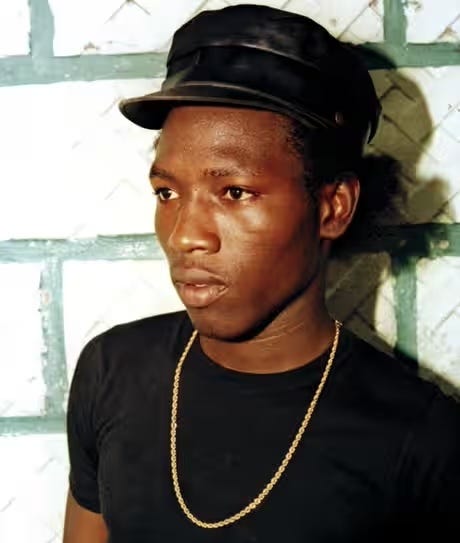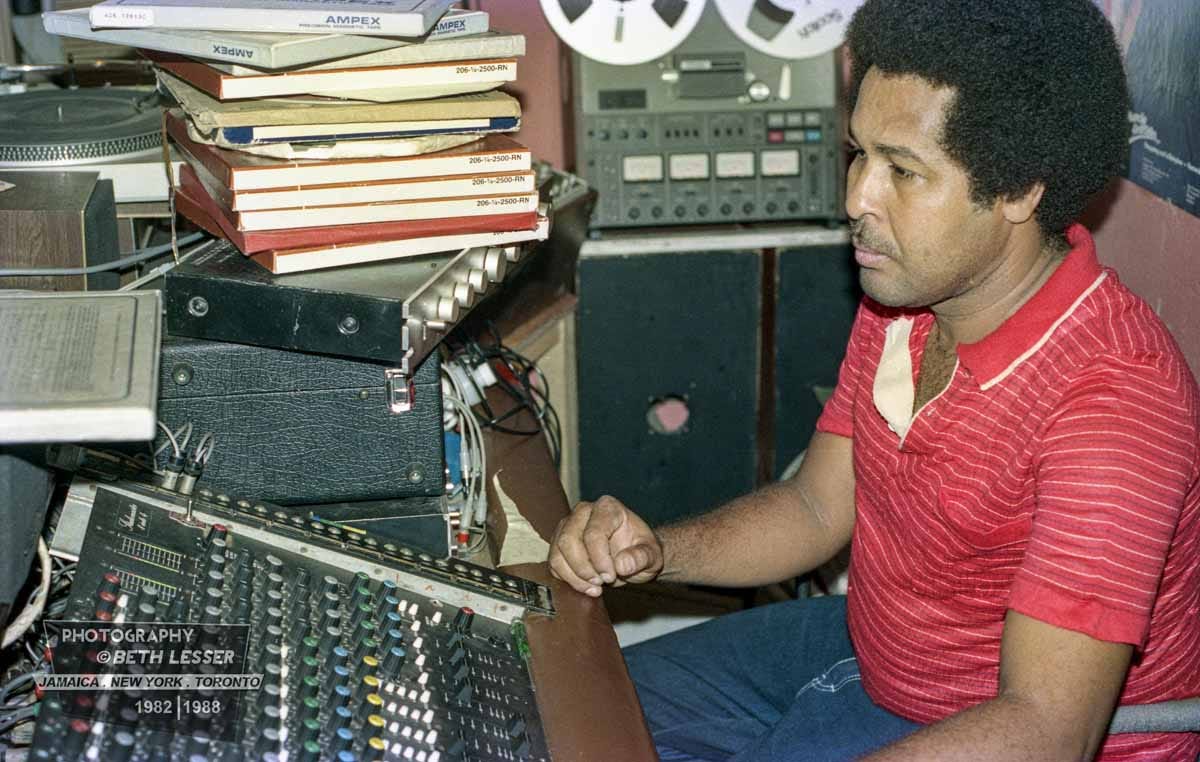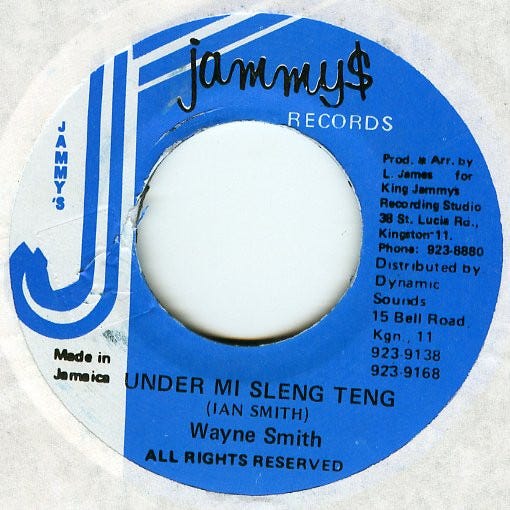In 1985, reggae music underwent a seismic shift. It was the year of a musical revolution—the birth of digital dancehall—and at the center of this transformation was one track: "Under Mi Sleng Teng" by Wayne Smith.
The Song That Changed Everything
"Under Mi Sleng Teng" is widely recognized as the track that launched the digital era of reggae. Released in 1985 on Jammy's Records, this song didn’t just top charts—it changed the fabric of reggae music. The "Sleng Teng" riddim sparked nearly 500 versions.
The key to its revolutionary sound? A preset pattern on a cheap electronic keyboard.
(Photo by Beth Lesser)
How It Happened
Wayne Smith, a young singer from Waterhouse, Kingston, teamed up with friend Noel Davey, who had recently acquired a Casio MT-40 keyboard. While exploring its presets, they stumbled upon a hypnotic and fresh bassline. This preset—originally programmed by Hiroko Okuda, a Japanese engineer at Casio—became the foundation of the Sleng Teng riddim.
Smith and Davey brought the idea to King Jammy (Lloyd James), a pioneering producer known for his sharp ear and technical skill. Jammy slowed down the rhythm, matched it to Smith’s vocal key, and added minimal touches—some piano, some claps—to enhance the groove.
The result was unlike anything Jamaica had heard before.
Equipment Used
Casio MT-40 Keyboard – The backbone of the riddim
Basic studio setup at King Jammy’s house in Waterhouse
Analog tape and mixing gear to finalize the record
Playlist: The Birth of Digital Dancehall
Wayne Smith – Under Mi Sleng Teng
Admiral Bailey – Politician
Johnny Osbourne – Buddy Bye
Conroy Smith - Dangerous
King Kong – Trouble Again
Super Cat – Boops
Eccleton Jarrett - Turn On The Heat
Little John – Clarks Booty
Half Pint - Greetings
Nitty Gritty – Sweet Reggae Music
Gregory Isaacs – Rumours
Tenor Saw – Pumpkin Belly
Pad Anthony – Shake Them Down
Anthony Red Rose – Tempo
Frankie Paul – Sara
Echo Minott – Original Fat Thing
Tonto Irie - Life Story
The 7-Inch Vinyl Release
The song was released as a 7" vinyl single on Jammy’s Records, sporting the classic label design of the era—clean, minimal, and to the point. The record flew off shelves and spread like wildfire through sound systems across Kingston and eventually around the world.


















Share this post